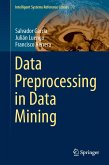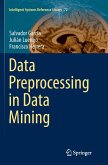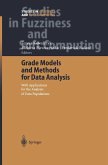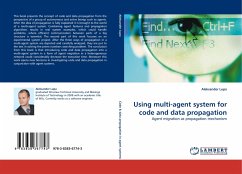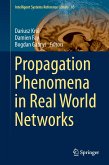Deformation due to stress and strain that lead to an initiation of crack and then propagates is usually being modelled satisfactory by using finite element method (FEM). The mathematical model was developed by using the relationship between the forces applied to the individual elements and the nodal displacements. The element stiffness matrix which had been set up earlier can be used to describe the elastic deformation since the numerical FEM is emphasized as a platform for discretization of one- dimensional continua problems where the stress is uniaxial and implemented on parallel algorithm using the distributed parallel computer system. Parallel algorithm is used by Parallel Virtual Machine (PVM) software tool to capture the visualization of the overall extension and the stress distribution in a linearly tapered bar of circular section with an end load. The results obtained from the finite element approximation are presented graphically. In this book, the performance measurements of algorithm are presented in terms of speedup, efficiency, effectiveness and temporal performance.
Bitte wählen Sie Ihr Anliegen aus.
Rechnungen
Retourenschein anfordern
Bestellstatus
Storno


